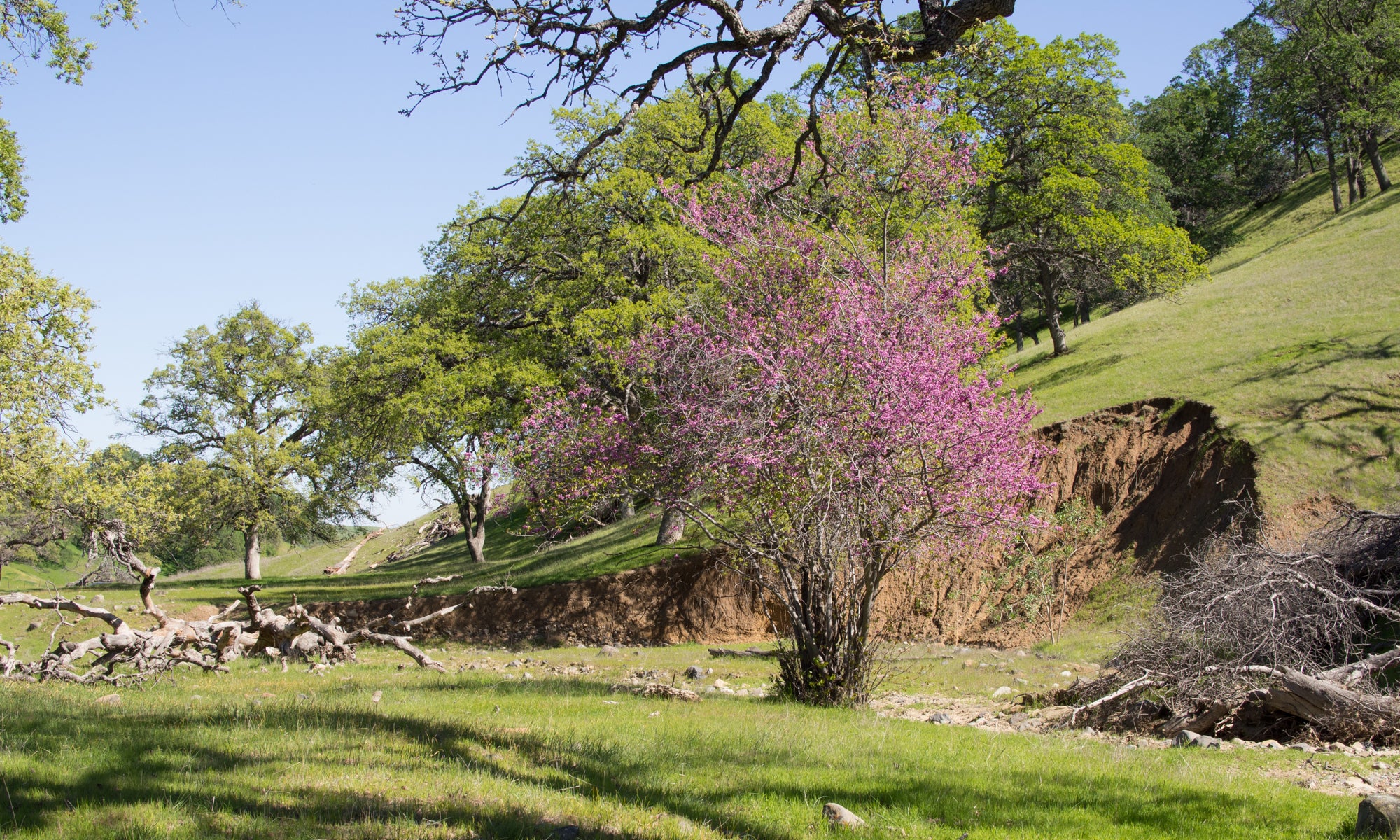Marshall McMunn, Louie H. Yang, Amy Ansalmo, Keatyn Bucknam, Miles Claret, Cameron Clay, Kyle Cox, Darian Dungey, Asia Jones, Ashley Kim, Robert Kubacki, Rachel Le, Deniss Martinez, Brian Reynolds, John Schroder, and Emily Wood
Abstract
Human activity is rapidly increasing the radiance and geographic extent of artificial light at night (ALAN). The timing and characteristics of light affect the development, behavior, and physiological state of many organisms. Depending on the ecological context, plants and animals respond to artificial lights in both adaptive and maladaptive ways. Mesocosm experiments have demonstrated both top-down and bottom-up control of populations under ALAN, but there have been few community-scale studies that allow for spatial aggregation through positive phototaxis, a common phenomenon among arthropods. We performed a field study to determine the effects of ALAN on arthropod communities, plant traits, and local herbivory and predation rates. We found strong positive phototaxis in 10 orders of arthropods, with increased (159% higher) overall arthropod abundance under ALAN compared to unlit controls. The arthropod community under ALAN was more diverse and contained a higher proportion of predaceous arthropods (15% vs 8%). Predation of immobilized flies occurred more 3.6 times faster under ALAN; this effect was not observed during the day. Contrary to expectations, we also observed a 6% increase in herbivory under ALAN. Our results highlight the importance of open experimental field studies for determining the community-level effects of ALAN.
Environmental Entomology

